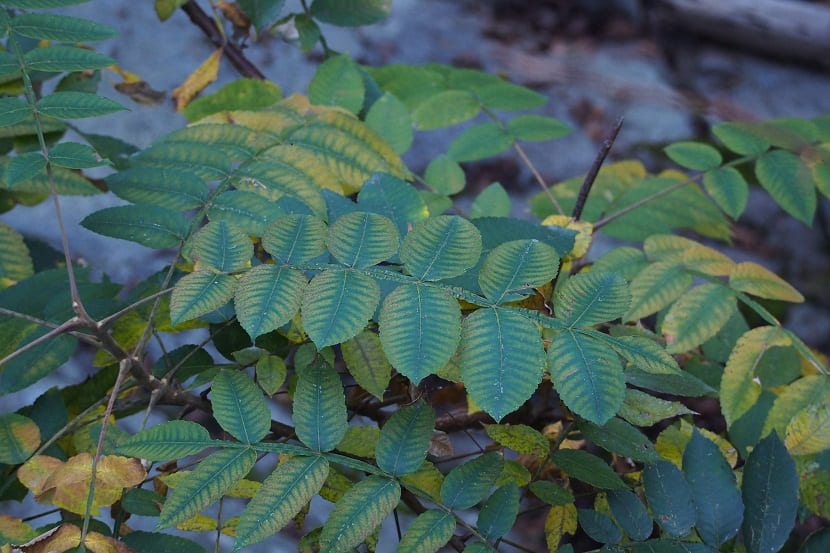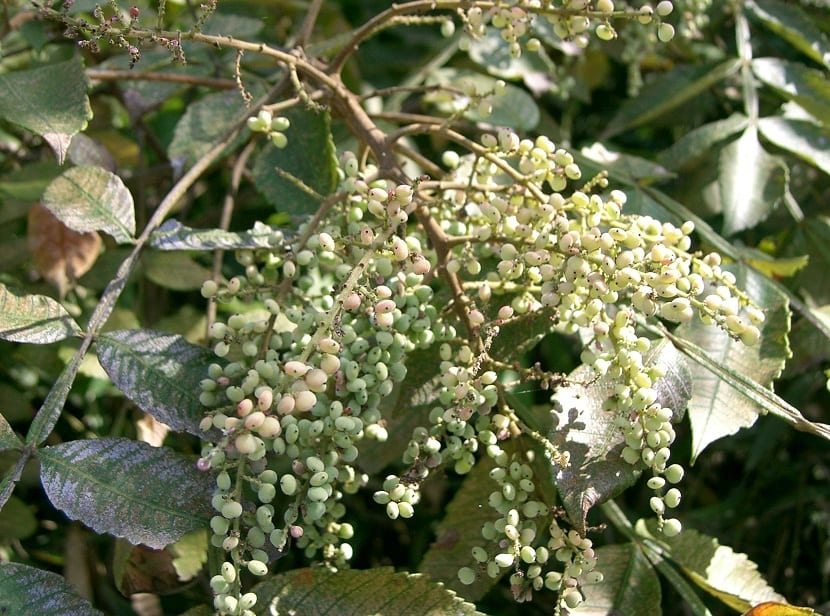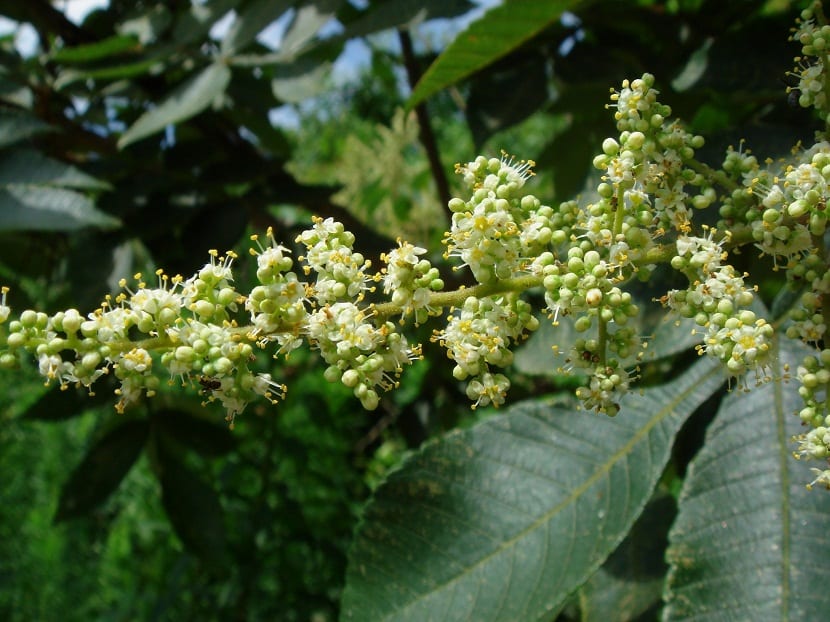
El sumac or rhus chinensis It is a very popular tree in the Asian continent due to its medicinal uses. The knowledge of alternative and herbal medicine by Chinese and Japanese culture is ancient and they have always used a series of herbs and plants to balance their body and regain health.
The sumac is granted a large number of properties, among which its anti-cancer powers. It spreads easily in tropical environments and can reach a considerable height. Taking advantage of the benefits of Rhus Chinensis depends on the knowledge you have about this species.
From

The botanical name belongs to the species of the family Anacardiaceae. This flowering plant has approximately 250 species. It is commonly called sumac or Chinese gall. The tree is native to temperate and subtropical regions of Asia and Africa.
In Greek the word Rhus was used to refer to the color red and of course, the Chinenses epithet refers to the area where the plant comes from. The red one refers to the hue that the fruit of this tree acquires at a certain moment. The main habitat of the sumac is 2800 meters above sea level and in open sites or lowland forests. They are very common in their place of origin: China, Japan and in Taiwan, that is, from South West Asia to the West where Indonesia is located.
Characteristics and uses of Rhus Chinensis
El rhus chinensis it can measure up to six meters. Being native to subtropical areas, it does not resist frost. It is deciduous and blooms in August. The flowers are pollinated by bees and a tree can be female or male, requiring several plants of both genders to be sown to produce the seed that will mature in October.
The tree contains many branches and the sap can be irritating to allergy sufferers, although this has not been proven. The leaves are composed of 7 or 13 leaflets and alternate winged petioles. The flowers are presented in 15 cm panicles of whitish color. The fruit is orange-red in color when ripe. The fruit is circular in shape, like balls loaded with hydrolyzable tannins. They are used in traditional medicine as a very effective remedy against diarrhea, cough, dysentery, pains caused by menstruation and anticancer properties. The leaves are also used for their high tannin content.
You have certain curiosities as it is a medicinal plant y its use is also very popular as a dye, so the galls that result from a pest known as green fly are used. The fruit is edible as long as it is not infected by any pest. A very useful oil is extracted from the seeds in the manufacture of candles and whose cosmetic application is under study.
When it comes to using this plant as part of the garden, it is best if they have enough land for them to spread and form colonies. They cover poor soils very well and prevent erosion. Its foliage gives it a good appearance, since they are of different shades of green according to the season. The flowers also offer a beautiful natural landscape, so well placed they are very ornamental.
Cultivation and care

The suitable environment for planting this tree are the sandy, loamy and clay soils, with acidic, neutral and basic pH, that is, alkaline. It requires solar radiation, moderate irrigation and water should never accumulate. It does not support temperatures below seven degrees Celsius. Regarding the care that must be taken, it is noted that they are susceptible to fungi such as coral spots. Branches are brittle and break easily when they are subjected to strong or moderate winds. On the other hand, the species is very resistant to the honey fungus.
The problem to be more attentive to is the mites present in the root, since they spread quickly and are very aggressive, especially in the suckers. Scales or caterpillars may appear, being necessary to be aware of this.